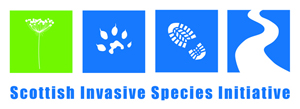An update on mink control in Wester Ross
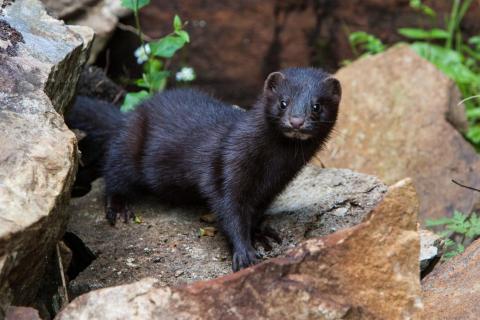
We are looking to expand our mink control efforts in Wester Ross – and we have a new Mink Monitoring and Control Officer to help!
|
Greg Miller joined the Scottish Invasive Species Initiative earlier this year as our new Mink Monitoring and Control Officer for Wester Ross – a brand new position with the purpose of reinforcing our control efforts in this area. His role is to oversee and develop our network of volunteer-operated mink monitoring and trapping sites in this key boundary area of the project. As our most southerly area on the west coast, Wester Ross is a key boundary area for the Scottish Invasive Species Initiative. An effective trapping network here will help to prevent mink moving up the coast into Sutherland, where mink numbers are comparatively low. Greg will be working alongside our partner the West Sutherland Fisheries Trust to reinforce our current network, working from Ullapool south, and will now be the main point of contact for our volunteers in this area. Over the next few months Greg will be looking to set up new mink monitoring and trapping sites from Gairloch to Applecross – but he needs help! We need locally based volunteers to monitor these sites and help to protect native biodiversity in these remote areas of Scotland. We are looking for volunteers around Gairloch, Sheildaig, Kinlochewe, Torridon, Applecross – and everywhere in between! |
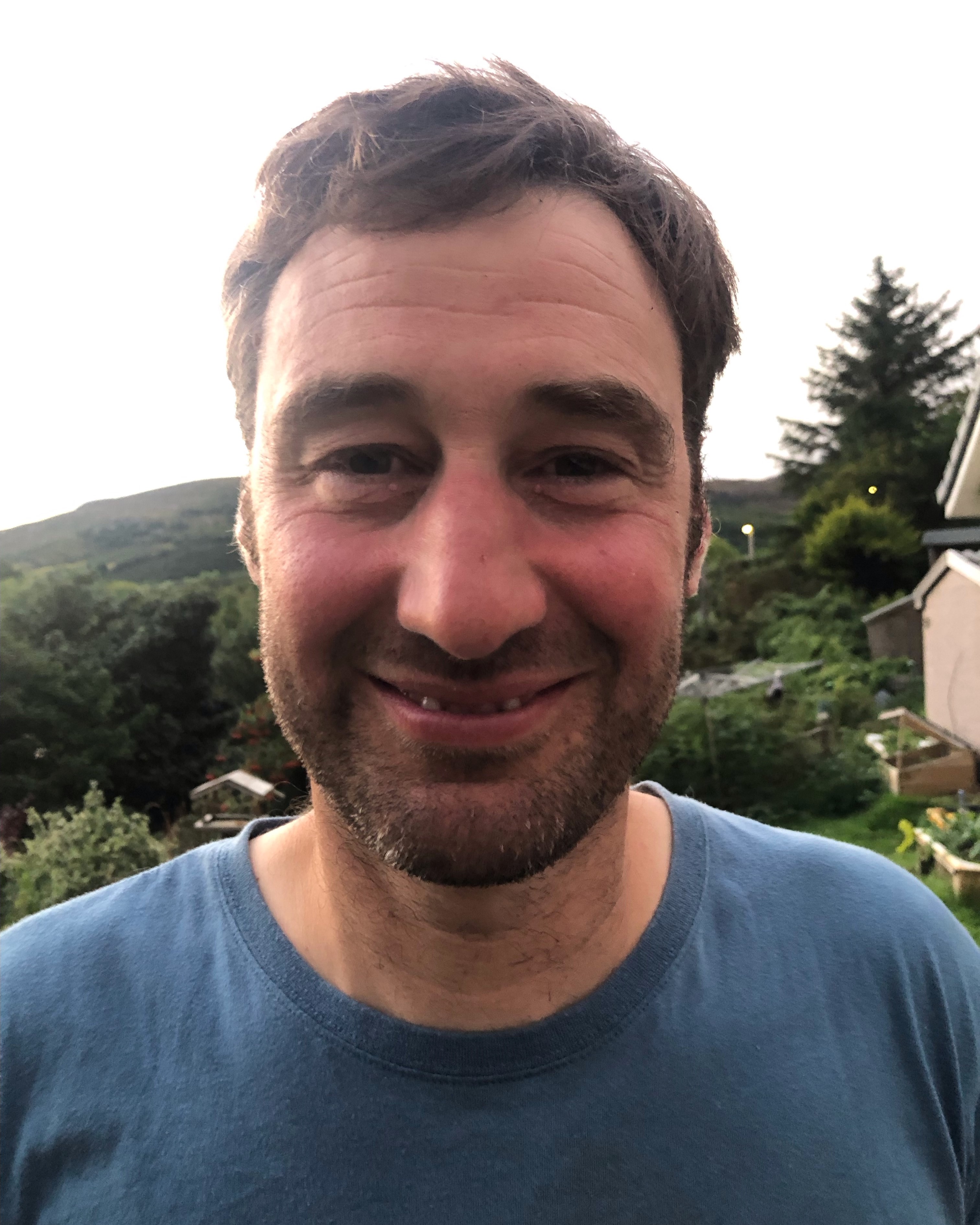 |
|
| Greg Miller joins the SISI team! | ||
Mink are semi-aquatic mammals and live in coastal and freshwater habitats, using these ecological corridors to migrate to new areas. They have a devastating effect on local wildlife, particularly water voles and ground nesting birds, such as seabirds and water birds. Mink are thought to be responsible for the disappearance of the moorhen from the Hebridean islands of Lewis and Harris and they are a key cause in the decline of water voles, the UK’s most rapidly declining mammal.
Volunteering with our American mink project involves adopting a floating mink raft with a clay pad, where the mink leave identifiable tracks when they walk over the clay. The floating raft is checked once a fortnight and, if a mink is detected, a trap is placed to catch the animal. Qualified dispatchers are on hand if a mink is caught.
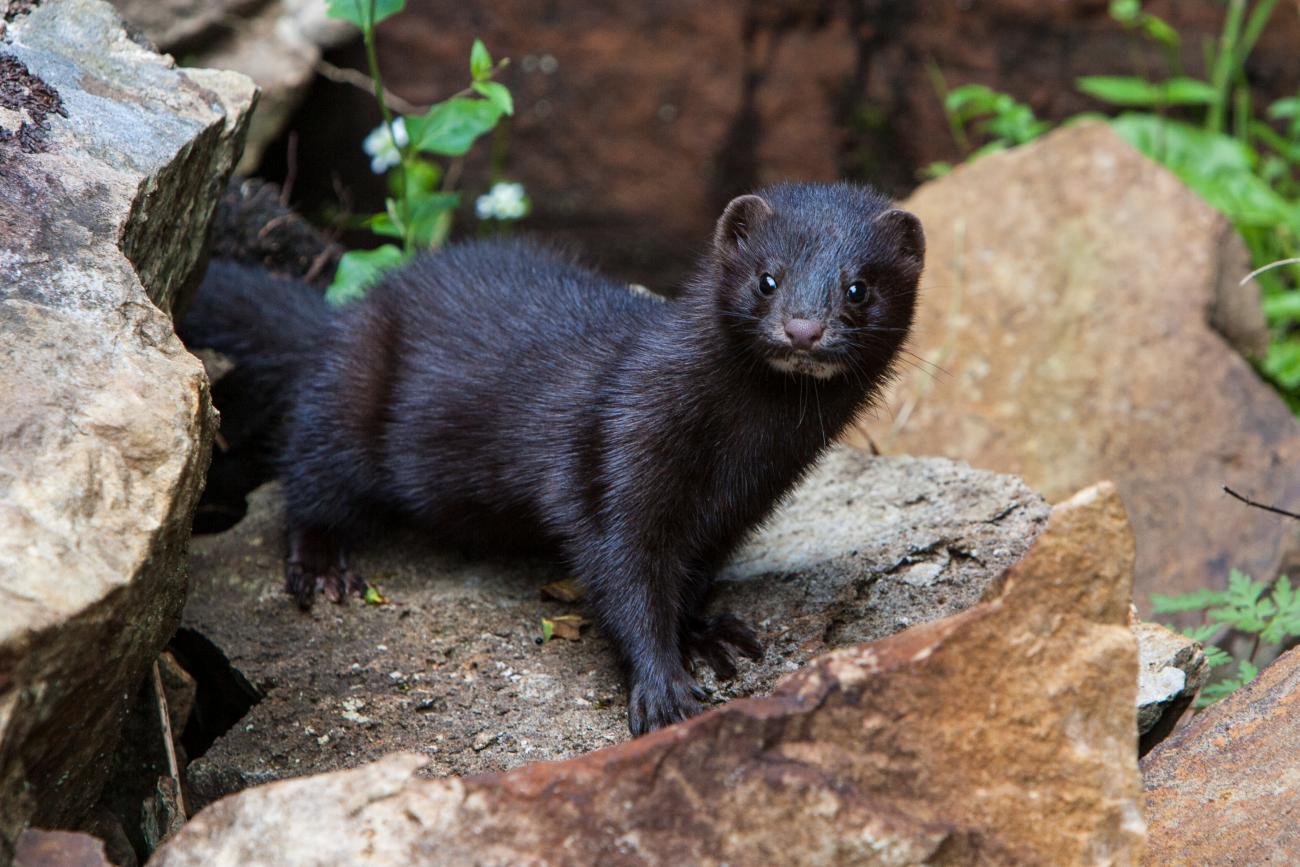 |
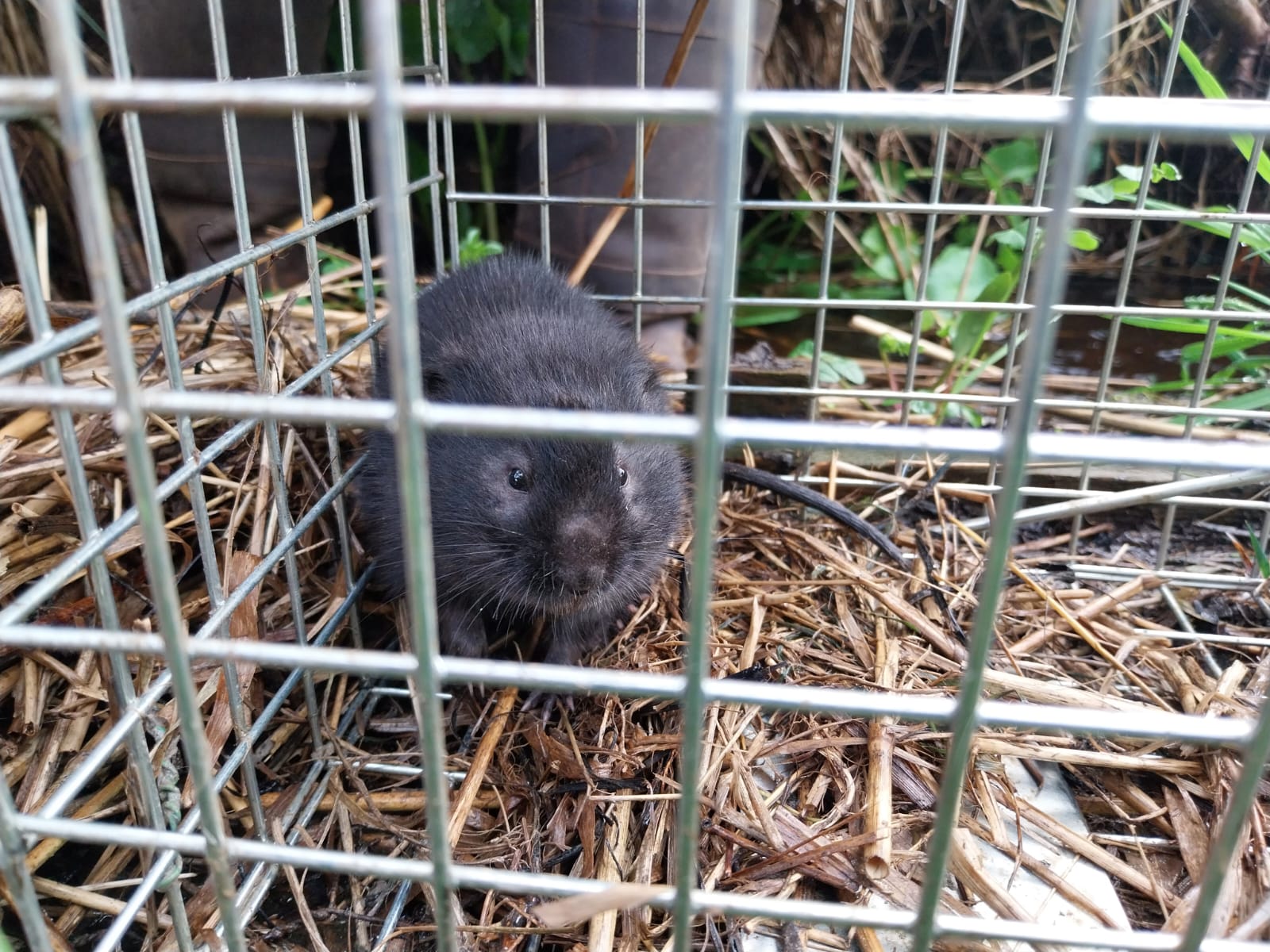 |
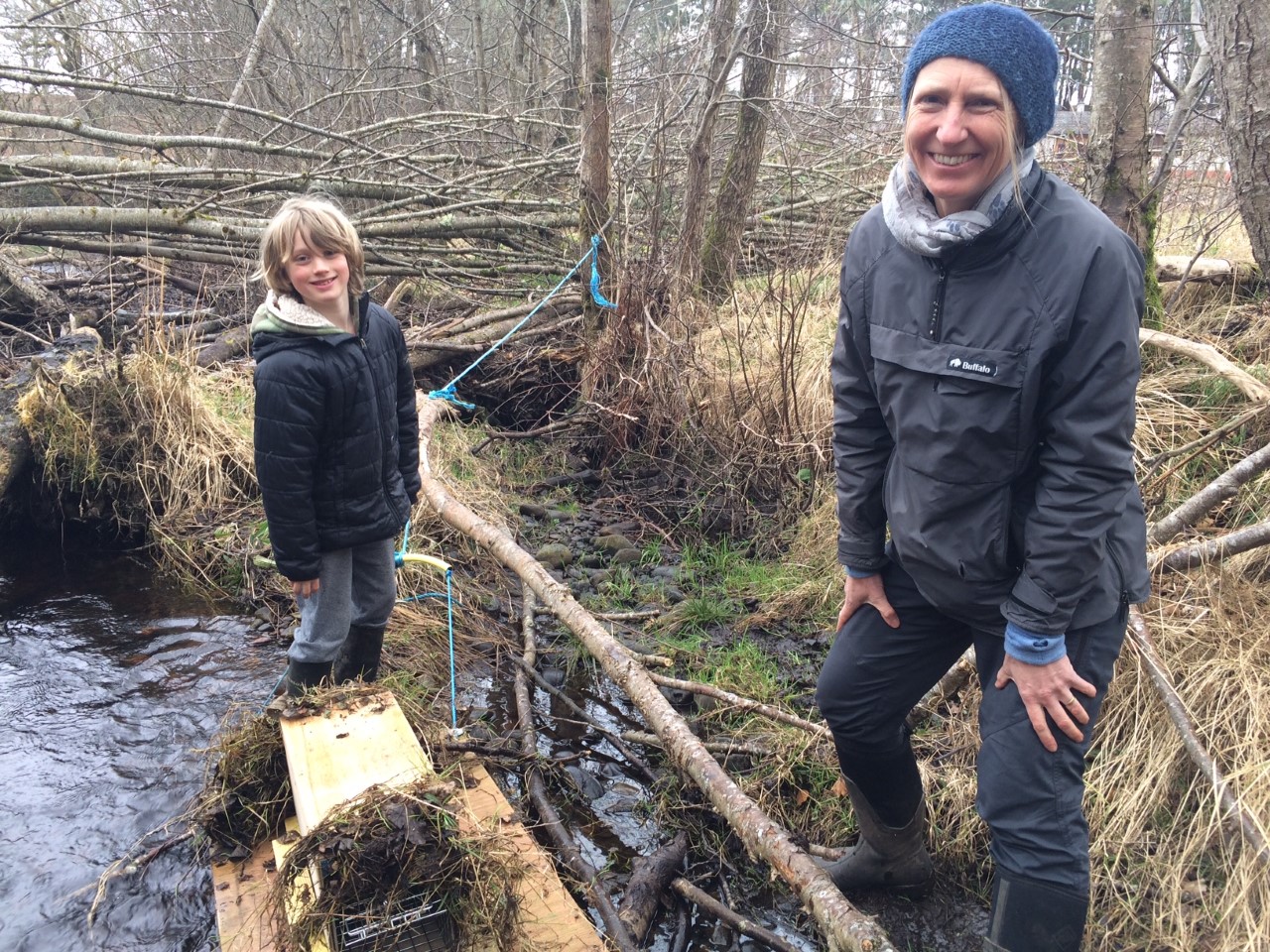 |
||
| The invasive non-native American mink has a devastating effect on native wildlife | A water voles - the UK's fastest declining mammal | Volunteers checking their floating raft |
If you would like to get involved and help to protect native wildlife in your area, please get in touch with Greg Miller at - [email protected]. You can also register as a volunteer on our website and find out more about our American mink control project here.
